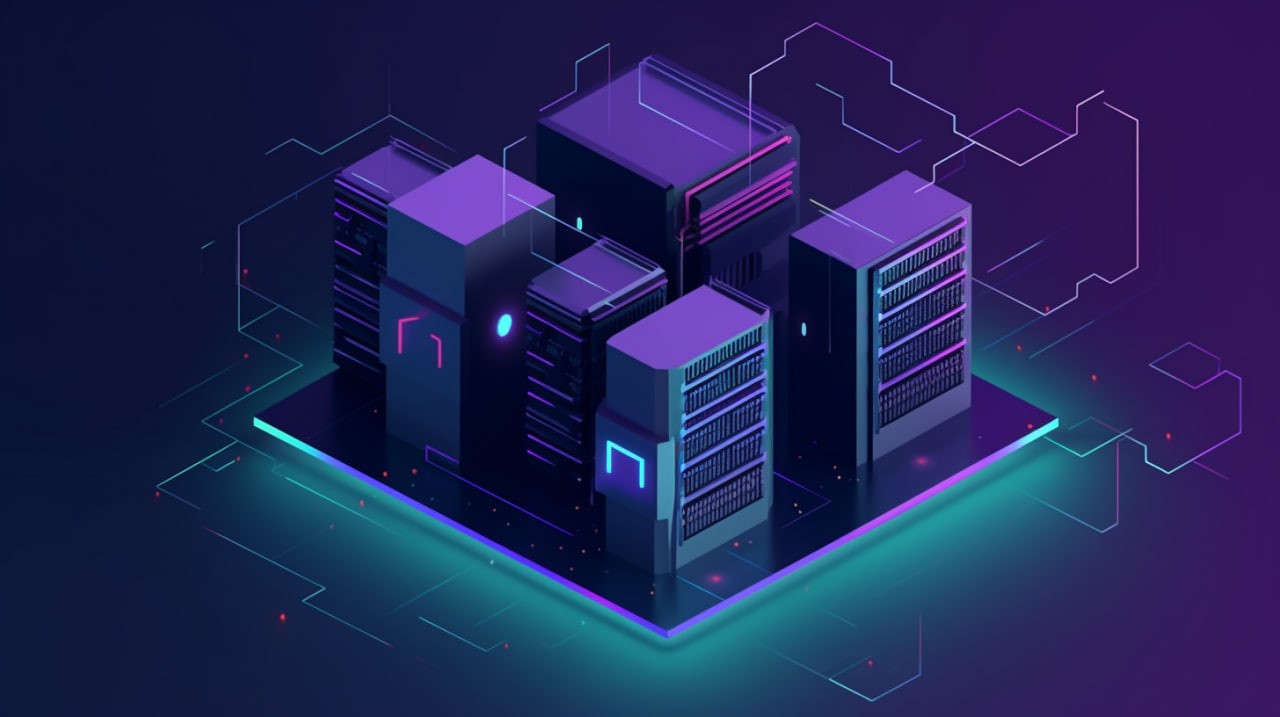HashValue Decentralized Hashpower: The Role of Cloud Mining in Web3 Infrastructure

As the digital economy accelerates into the Web3 era, the demand for decentralized infrastructure has reached unprecedented levels. Blockchain technologies, decentralized finance (DeFi), and non-fungible tokens (NFTs) have matured from experimental innovations to essential layers of the modern internet. At the heart of this decentralized paradigm lies one critical pillar: computing power.
HashValue, a forward-thinking blockchain technology company, has emerged as a trailblazer in providing decentralized hashpower solutions through its cloud mining services. This innovative approach is not only redefining crypto mining efficiency but is also shaping the very fabric of Web3 infrastructure.
A New Chapter in Crypto Mining: Decentralization First
Traditional mining operations are typically centralized, resource-heavy, and geographically constrained. These characteristics lead to vulnerabilities including high energy consumption, centralized control by mining conglomerates, and limited access for global participants.
HashValue addresses these issues through its decentralized cloud mining model. By distributing hashpower across a global network of independent nodes and leveraging smart contracts, the platform promotes a more democratic and secure approach to crypto mining. It allows users to lease mining power on demand, eliminating the need for expensive equipment and technical knowledge.
Cloud Mining’s Strategic Role in Web3 Infrastructure
Web3 is defined by decentralization, ownership, and transparency. Whether it’s running decentralized applications (dApps), hosting decentralized storage systems, or validating blockchain transactions, every process depends on a stable and scalable infrastructure.
Cloud mining, when implemented with a decentralized architecture, plays a foundational role in meeting these demands:
-
Scalability: As dApps scale, the underlying networks require elastic computing resources. Decentralized cloud mining platforms like HashValue offer adaptive hashpower provisioning that grows with network usage.
-
Accessibility: By removing hardware barriers, HashValue makes crypto mining accessible to everyday users across the globe, contributing to a more inclusive and diverse Web3 ecosystem.
-
Security and Redundancy: A decentralized setup ensures no single point of failure. This builds trust and enhances the robustness of the broader blockchain infrastructure.
-
Energy Optimization: HashValue’s mining facilities utilize green energy and smart routing algorithms to optimize power usage and reduce the carbon footprint.
Decentralized Hashpower: Powering dApps and Consensus Layers
One of the most overlooked yet crucial components of Web3 is the consensus mechanism. Whether it’s Proof of Work (PoW), Proof of Stake (PoS), or emerging hybrid models, each depends on distributed computation for network integrity.
HashValue contributes by supplying on-demand decentralized hashpower, supporting PoW blockchains and cross-chain systems that rely on external verification nodes. This empowers dApp developers to launch scalable applications without investing in dedicated mining infrastructure.
In particular, layer 2 scaling solutions, cross-chain bridges, and zero-knowledge proofs benefit significantly from modular, decentralized compute layers like those provided by HashValue.
Enabling Seamless Integration with Web3 Protocols
HashValue’s API-first infrastructure allows seamless integration with various Web3 protocols and dApps. Developers can harness mining power dynamically, automate operations through smart contracts, and tailor hashpower resources to fluctuating computational requirements.
Additionally, the HashValue platform supports multiple cryptocurrencies and blockchain networks, ensuring broad compatibility and future-proofing for emerging use cases in gaming, identity verification, decentralized storage, and more.
The Economic Impact: Redefining Incentives for Miners and Users
The Web3 economy thrives on decentralized participation and incentive alignment. HashValue’s model introduces a win-win mechanism for both users and miners:
-
For users, it offers fractional access to mining power, daily yield tracking, and full transparency through on-chain records.
-
For miners, the platform aggregates global demand, ensures steady workload distribution, and facilitates continuous earning potential without the overhead of customer acquisition.
These dynamics are reshaping mining economics, transforming hashpower into a liquid, tradable digital commodity that mirrors Web3’s core values of decentralization and interoperability.
Environmental Sustainability and HashValue’s Green Mining Commitment
One of the criticisms of traditional crypto mining is its environmental footprint. HashValue’s infrastructure is designed with eco-efficiency at its core. The company partners with renewable energy providers and employs AI-driven workload balancing to reduce excess energy consumption.
Through its GreenHash Initiative, HashValue certifies all mining operations based on carbon neutrality standards. It further allows users to offset emissions directly through an integrated carbon credit platform.
This commitment not only aligns with global ESG goals but also promotes a more sustainable and responsible image for blockchain mining—a crucial step for long-term Web3 adoption.
Looking Forward: HashValue as a Building Block for the Decentralized Future
As the Web3 ecosystem evolves, the demand for resilient, scalable, and environmentally responsible infrastructure will only intensify. HashValue stands at the intersection of this transformation, offering tools and technologies that are not only innovative but essential.
From powering the decentralized backends of financial platforms to enabling real-time verification in decentralized identity systems, HashValue’s decentralized hashpower model exemplifies the kind of modular, scalable infrastructure required for the next stage of blockchain evolution.
Its commitment to decentralization, accessibility, environmental stewardship, and seamless protocol integration marks it as a foundational player in the Web3 revolution.
More Related News

HashValue Report: Decentralized AI Tokens Gain Mining and Investor Focus

HashValue Unveils Crypto Mining Risk Alert System, Flags 3 Volatile Tokens

HashValue Builds a Bridge: Perfectly Integrating Cryptocurrency Purchase and Sustainable Cloud Mining


 English
English
 Deutch
Deutch
 Espanol
Espanol
 Francais
Francais
 Italiano
Italiano
 Dutch
Dutch
 Portugues
Portugues
 Русский
Русский
 Svenska
Svenska
 日本
日本
 한국인
한국인
 Türk
Türk